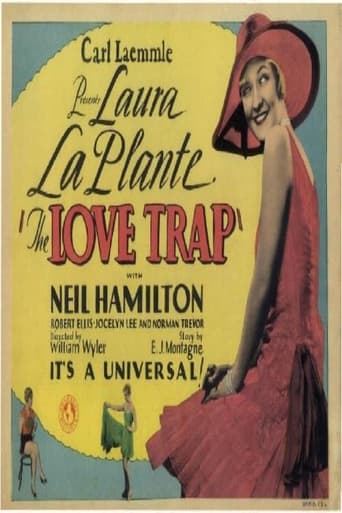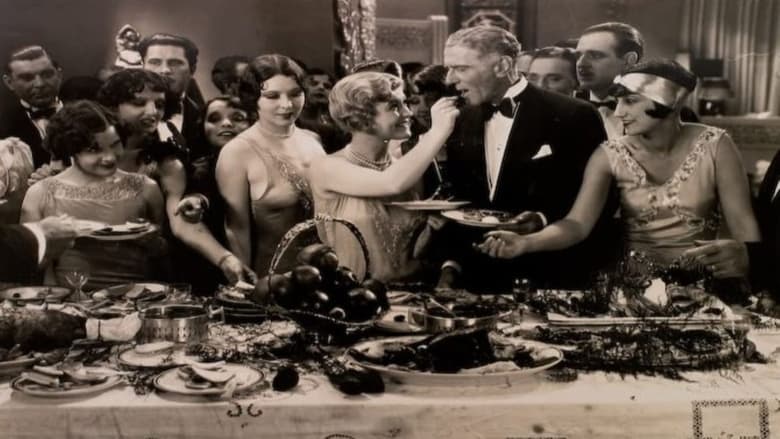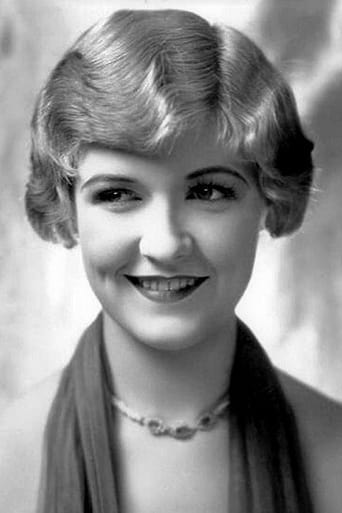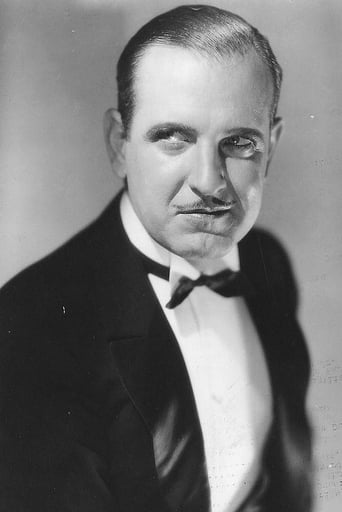

The Love Trap (1929)
A chorus girl loses her job and thus the room she owes back rent on, and ends up being rescued from the street by a dashing rich man. But his family isn't over-accepting of chorus girls joining their family.
Watch Trailer
Cast
Reviews
The Worst Film Ever
So much average
The movie's neither hopeful in contrived ways, nor hopeless in different contrived ways. Somehow it manages to be wonderful
Like the great film, it's made with a great deal of visible affection both in front of and behind the camera.
Another movie with a poorly conceived, second-string plot, The Love Trap (1929), stars a none too flatteringly photographed Laura La Plante and a quite presentable Neil Hamilton. Admittedly, director William Wyler handles the early scenes with a bit of style, but when the scriptwriters throw in the towel and the good-guy hero suddenly acts like a cluck, and the producer starts pulling in the purse strings, director Wyler's lavish staging and agreeable handling take a run-out powder too. The movie is available in its full 71-minutes silent version in a good print from Grapevine Video, along with a somewhat crudely animated but occasionally imaginative Fleischer cartoon, Ko-Ko's Reward (1929) in which the on-screen Max has a go at blending live action with animation.Be prepared! "The Love Trap" itself is still a must-see movie, even though it is fatally flawed.
The Love Trap is one of a many "part-talkies" that were produced during the transition period between the silent and sound eras. As sound was still relatively expensive and still excitingly new, the talkie segment in these features was usually a gimmick for the final scenes, not necessarily adding or taking away anything from the picture, but helping to draw the crowds. Today these pictures provide us with a chance to see directly the contrast between the final days of silent cinema and the first faltering steps of the talkies.The director here is William Wyler, shooting one of his earliest full-length features. Wyler would later have the distinction of directing more Oscar-nominated acting performances than anyone else (thirty-three), a record still held by him today. In particular, he had a reputation for coaxing fine performances from actors who never showed talent anywhere else. Laura La Plante was not an especially distinguished actress, yet here she is first class. Perhaps the most crucial thing a director can do to help their cast, other than good coaching, is simply giving them time and space to act, and this is precisely what Wyler does for La Plante. In the opening scenes, when she is fired from the chorus line and flees to her dressing room, she is held for a few moments in mid-shot, forcing the audience to focus on her emoting. The scene in which she is kicked out on the street along with all her furniture could easily have been played for laughs, but again the camera concentrates on La Plante, and her expression is painfully real.This generous manner of filming the leading lady, and the commendable performance it captures, have a wider impact on the picture as a whole. Firstly, it helps bring out the story visually by subtly yet convincingly bringing out the character's thoughts and feelings – something which is complimented by the relatively low frequency of intertitles. Furthermore, Wyler avoids the trap of many male directors when shooting a story where a woman is the protagonist, which is to focus too much on the lead man, and show us his point of view rather than hers. Instead he makes it absolutely clear that this is her story, not Neil Hamilton's. Finally, by making the emotions of the main character appear real, and forcing the audience to take notice of them, he elevates The Love Trap above the simple romcom that it is on paper. It's just a shame there isn't quite enough substance to the screenplay for this to pay off.The talkie section of The Love Trap begins, ironically, with several seconds of silence as Hamilton confronts his family. This adds dramatic weight to the moment, and gives more impact to the dialogue when it begins. The power of silent moments had, again ironically, never been realised in the silent era as pictures had a continual musical backing. The sound scenes here still retain the flow, style and strong performances of the rest of the picture, and do not stand out as being awkward, as early talkies often were.By their very nature, the part-talkies were usually potboilers, since by now all the more prestigious picture would be all-talking. However, thanks in no small part to Wyler's sensitive direction, The Love Trap is well above the average. Laura La Plante's career would begin to peter out soon after, and Neil Hamilton wound up as a supporting player in numerous TV series, but here they are both excellent. Wyler himself would go on to win three Academy Awards, and direct some of the greatest stars of Hollywood's golden age in the greatest performances of their career.
What a delightful, romantic comedy. THE LOVE TRAP sparkles under William Wyler's direction. Wyler earned fame over his career as a tough director to work for, but one that made actors look good. This is certainly evident in this late silent-part talkie, in the case of Laura La Plante, whom I had only seen previously in THE CAT AND THE CARNARY. She is quite wonderful and her co-star, Neil Hamilton makes a strong romantic lead. I chuckled all the way through this fun film, finding it full of nice little twists to a familiar kind of story. The print on the Kino release is very nice. Also included in the excellent DIRECTED BY WILLIAM WYLER documentary that was co-produced by Wyler's daughter, Catherine.
Most of the movie is silent, with titles; just music on the sound track; and an acting style typical of later silents. At the climax, the actors start talking, though the sound track is mostly silent otherwise.The story is pleasant, but has been retold several times, so it will seem familiar if you've seen many 1930's pictures. Acting, sets and costumes are OK.


